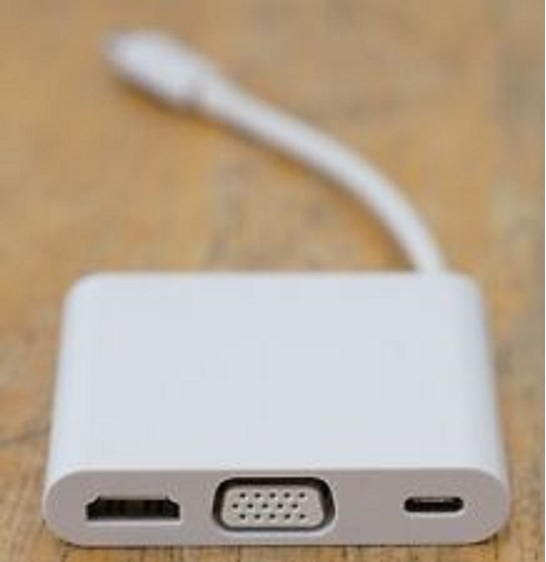In the fast-paced world of industrial communications, the installation of aerial fiber optic cables has become a critical component. This technology offers unparalleled speed and reliability, essential in a sector where every second counts. However, installing these cables in industrial settings presents unique challenges. This article delves into these complexities and provides practical insights for successful aerial fiber optic cable installation in industrial environments.
Understanding Aerial Fiber Optic Cables
Before tackling installation complexities, it’s essential to understand what aerial fiber optic cables are. These cables use light to transmit data at high speeds and over long distances, far outpacing traditional copper cables. Their aerial installation, typically on poles or towers, makes them a preferred choice in industrial areas where ground space is limited or already congested with other utilities.
Planning and Preparation
Site Assessment
The first step in the installation process is a thorough site assessment. Industrial areas often have a labyrinth of existing infrastructure, including electrical lines, which can pose risks during installation. A comprehensive survey helps identify the safest and most efficient cable routes.
Choosing the Right Cable
Selecting the appropriate cable type is crucial. Industrial environments demand cables that can withstand environmental factors like extreme temperatures, moisture, and exposure to chemicals. Thus, choosing cables with robust insulation and sheathing is imperative.
Legal Compliance and Permissions
Navigating legal requirements is another significant aspect. This involves obtaining necessary permissions from local authorities and ensuring compliance with safety and building codes.
Installation Challenges and Solutions
Navigating Physical Obstacles
Physical obstacles like buildings, trees, and existing infrastructure can hinder installation. Strategic planning, using advanced mapping tools, helps in devising routes that minimize these challenges.
Weather and Environmental Factors
Weather conditions play a significant role in aerial installations. Industrial settings, often located in harsh environments, demand meticulous planning to avoid weather-related delays and damage.
Safety Considerations
Safety is paramount. Installers must be trained in working at heights and equipped with proper safety gear. Moreover, considering the proximity to high-voltage power lines, adherence to electrical safety standards is non-negotiable.
Technological Integration
Integrating the new fiber optic system with existing networks is a technical challenge. Ensuring compatibility and minimal disruption during the switchover is essential for maintaining uninterrupted industrial operations.
Post-Installation Aspects
Testing and Quality Assurance
Post-installation, thorough testing of the network is crucial to ensure it meets the required performance standards. This involves checking for signal strength, speed, and any potential data loss.
Maintenance and Upgrades
Regular maintenance is vital to ensure the longevity and reliability of the aerial fiber optic network. Additionally, planning for future upgrades is essential to keep up with evolving technological demands.
Conclusion
The installation of aerial fiber optic cables in industrial settings is a complex but rewarding endeavor. It requires meticulous planning, understanding of the unique challenges, and adherence to safety and legal standards. By overcoming these complexities, industries can harness the power of high-speed, reliable communication, crucial for their growth and efficiency in the modern world.







